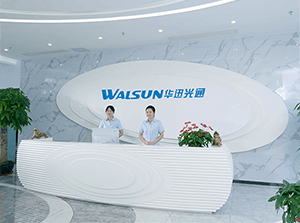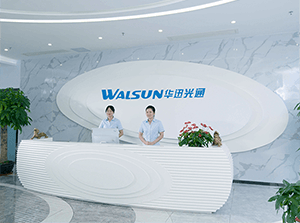PRODUCTS

- SFP GLC-T and SFP GE-T are both types of small form-factor pluggable (SFP) transceivers, but they are designed for different types of network connections.SFP GLC-T is a copper transceiver that supports Gigabit Ethernet (GE) over twisted pair copper cabling, typically with an RJ45 connector. It is commonly used for connecting network devices such as switches, routers, and servers to copper-based Et1079

- SFP 10G, also known as 10G SFP, is a standard form factor for 10 Gigabit Ethernet optical transceivers. It supports data rates of up to 10 Gbps and is used for various applications, including data center networking and telecommunications.SFP+ 10G, also known as 10G SFP+, is an enhanced version of the SFP 10G form factor. It also supports data rates of up to 10 Gbps, but it offers additional featur3896

- The main difference between the Cisco SFP-10G-SR and SFP-10G-SR S is the manufacturer warranty.What is SFP-10G-SRSFP-10G-SR is typically used as a part number by Cisco. According to Cisco, it is 10GBASE-SR SFP+ Module supports a link length of 26m on standard Fiber Distributed Data Interface (FDDI)-grade Multimode Fiber (MMF). SFP-10G-SR is a hot-swappable input/output device which allows a 10 Gig2199

- The throughput of QSFP28 (Quad Small Form-factor Pluggable 28) is up to 100 Gbps (Gigabits per second) per port.What are QSFP+ and QSFP28 transceivers?QSFP+ is essentially the same transceiver form factor as QSFP. QSFP+ transceivers support a variety of communication standards including Ethernet, Fibre Channel and InfiniBand. As previously mentioned, the 4 channels of a QSFP+ optic can be combined1386

- OM2 optical fiber is typically used for supporting 1G and 100M Ethernet applications, and it is not recommended for supporting 10G Ethernet. For 10G applications, it is recommended to use OM3 or OM4 optical fiber, which have higher bandwidth and are designed to support higher data transmission speeds.First, OM1, OM2, OM3 and OM4 fiber parameters and specifications comparison1, OM1 refers to 850/131362


 CHS
CHS Walsun Mall
Walsun Mall










